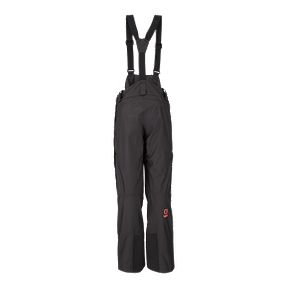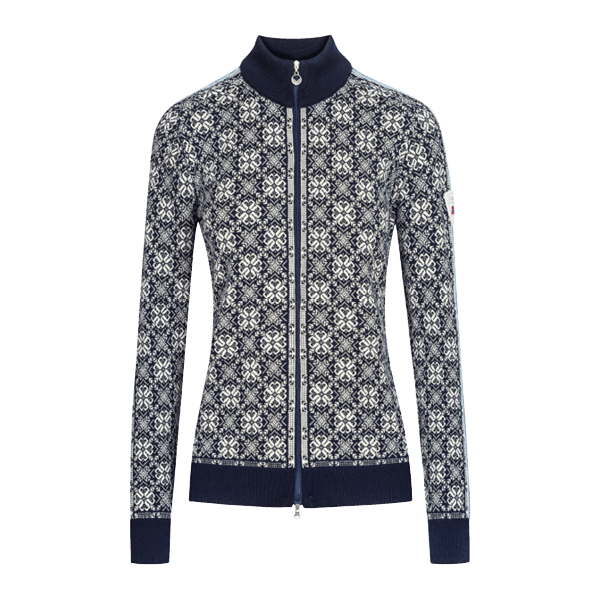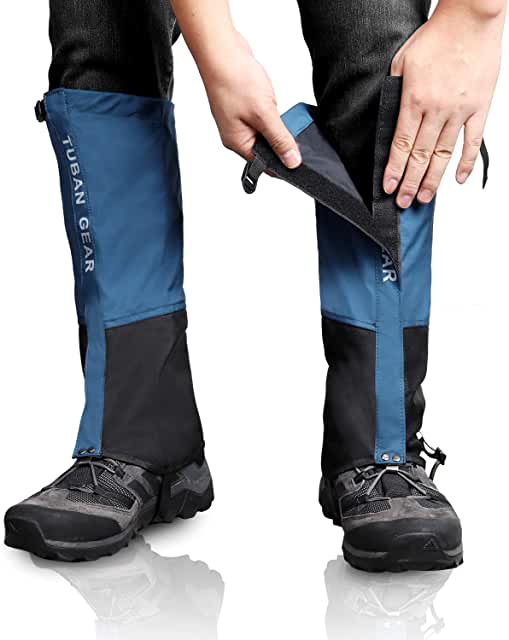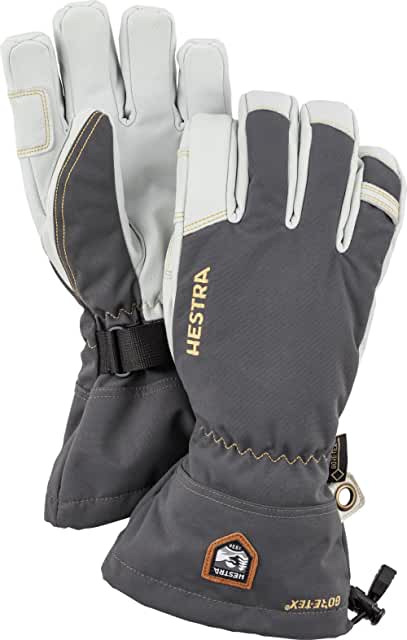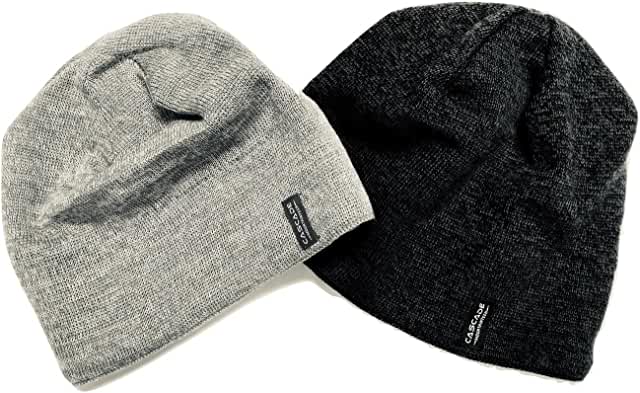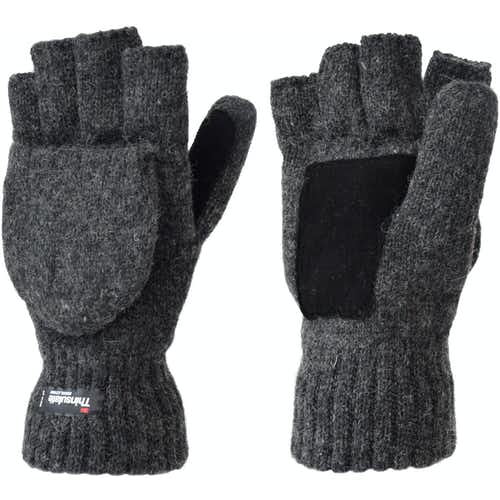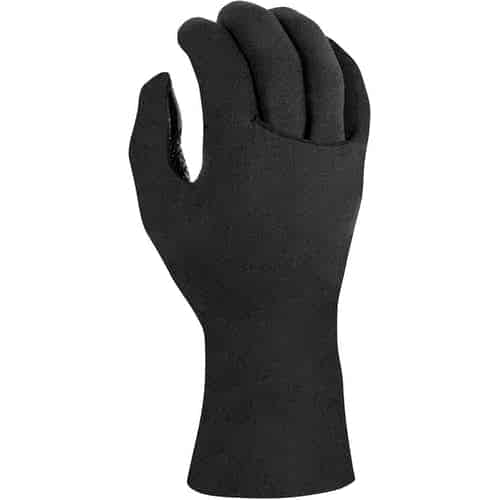- filed under: Inclement Weather
What To Wear Teaching Outside

Formal outdoor education programs are very different than outdoor classrooms. That said, teaching outdoors still requires some planning and preparation, particularly if you are going to spend the majority of your day in less than ideal weather conditions.
Scandinavian proverbs remind us there is no such thing as bad weather, just bad clothing! And I like to remind the nay-sayers that we have evolved as a species to learn outdoors! For thousands of years our ancestors have survived in our respective climates with way less technical gear than we have now. So shop the sales, check out the online second hand gear swaps, and stock up on essentials for your own comfort across all four seasons.
It’s up to you which brands and fabrics you prefer, but if you are reading this post, you’re likely looking for my recommendations for what to wear teaching outside. To be fair, I prefer to spend a little more on good quality gear that will last many, many years, so while some of my gear is pricey, it is actually less expensive in the long run than replacing low quality gear every few years.
For anyone new to my blog, welcome! You may want to read this post about how I switched from teaching indoors to 100% outdoors to get you started. And this post outlines my top ten tips for transitioning to teaching outdoors.
What to wear teaching outside in Fall
The key to dressing for outdoor learning in fall is layers. Depending on where you are located, it can be freezing cold in the morning and blistering summer heat by mid afternoon. Strategic use of natural fibres and moisture-wicking materials are essential, especially if you’ll be going in and out of the school during the day. Here are some examples of what I wear in the fall when I’m teaching outdoors.
- Waterproof Gore-Tex boots- (I’m on my third pair of Solomons- I really love the X Ultra Mid GTX W hiking boots) You’ll want a waterproof and breathable boot so your feet don’t get sweaty when it warms up in the afternoon. In all seasons, avoid open toe shoes, even on warm days.
- Wool socks– You’ll want merino wool for its warmth in the morning, and its breathability in the afternoon. I have several favourites, but look for a pair with high merino wool content and if you are prone to cold feet, try skier’s socks for a more full calf coverage. Shop the sales, and try a variety of pairs to build up your stash. Mountain Equipment Co-op (MEC) has lots to choose from.
- Lightweight, convertible hiking pants– These pants from MEC are great for switching to shorts mid day if need be, while on the go.
- Hiking shorts with lots of pockets– I tend to run warm, so I often just wear my shorts through the fall and layer up on the top if I’m cold in the mornings. This works if you wear ski socks as well, because you can pull up your socks to keep your legs warm, if necessary. If you are looking for a good pair of shorts with loads of pockets and a re-enforced seat, my favourite shorts for summer and fall are Fjallraven’s Abisko shorts.
- Rain gear- if you live on the Westcoast, and you plan to splurge on anything this year, let it be really great quality rain gear. Having a high quality (breathable and waterproof) jacket and pants will make all the difference in your comfort and willingness to head outside, even the worst weather! Breathable matters so you do not get wet from sweat inside your gear. I wear an older version of these overalls from Helly Hansen from their sailing collection. They’re breathable and waterproof and, most importantly, super comfortable. For years I had a Helly Hansen rain jacket as well, but three years ago switched to a waterproof, Gore-Tex shell from Arcteryx. It was a pricy upgrade, but it has kept me totally dry even on the wettest days.
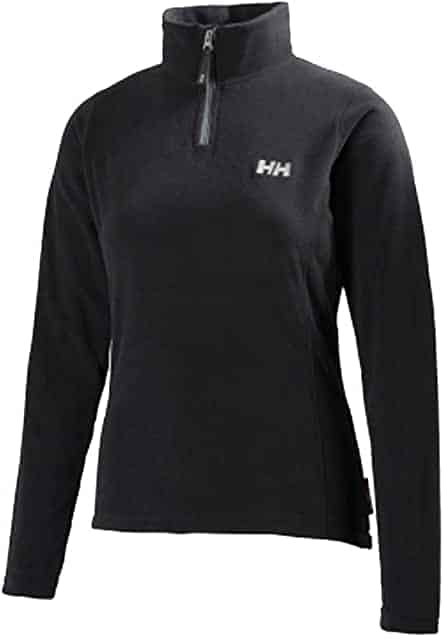
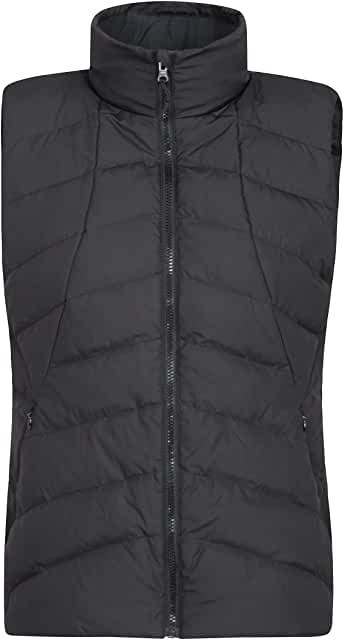
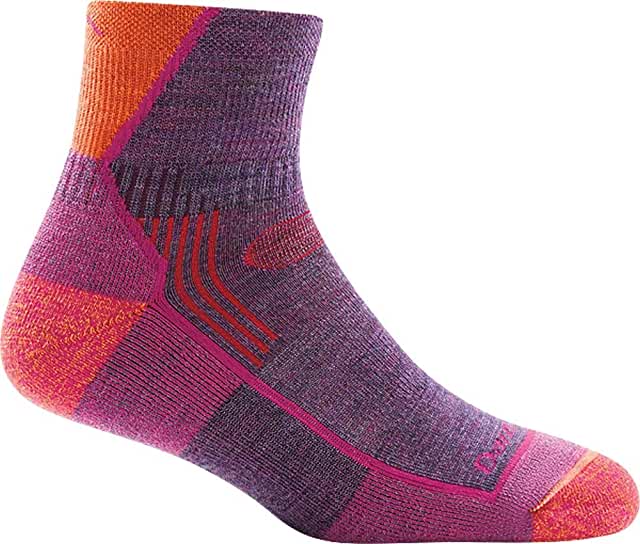
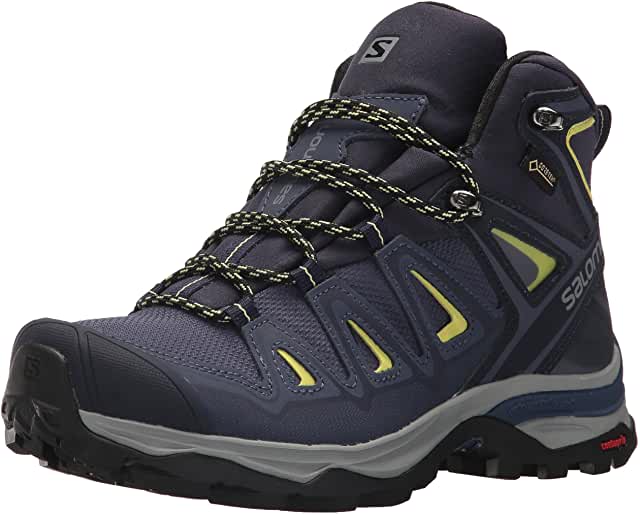

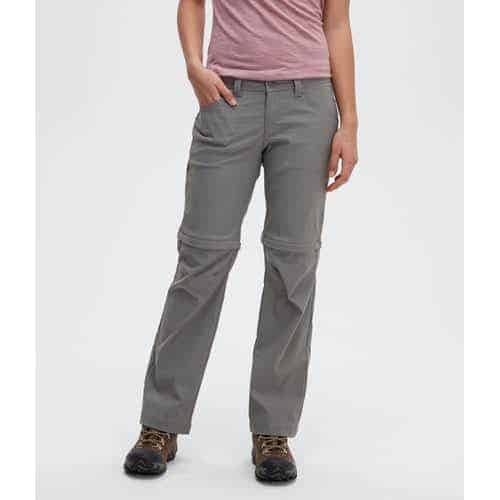
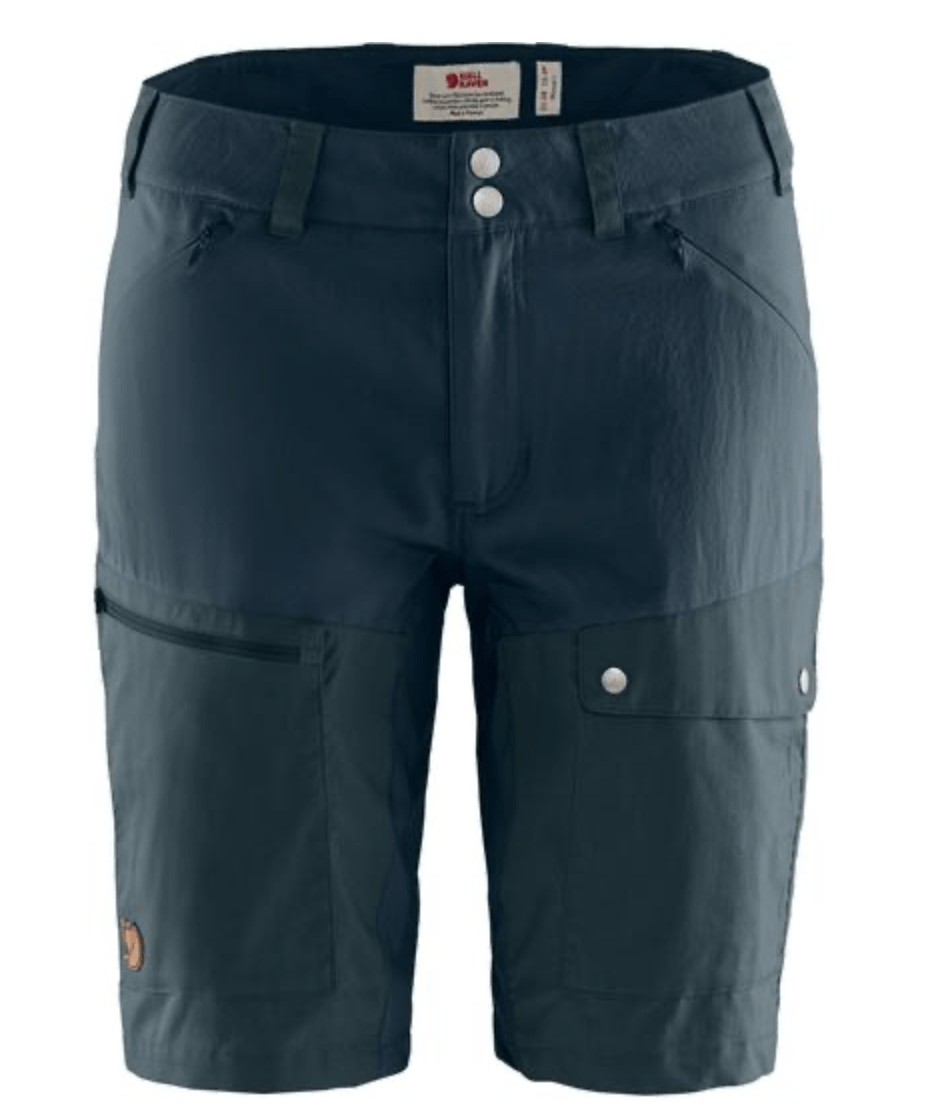
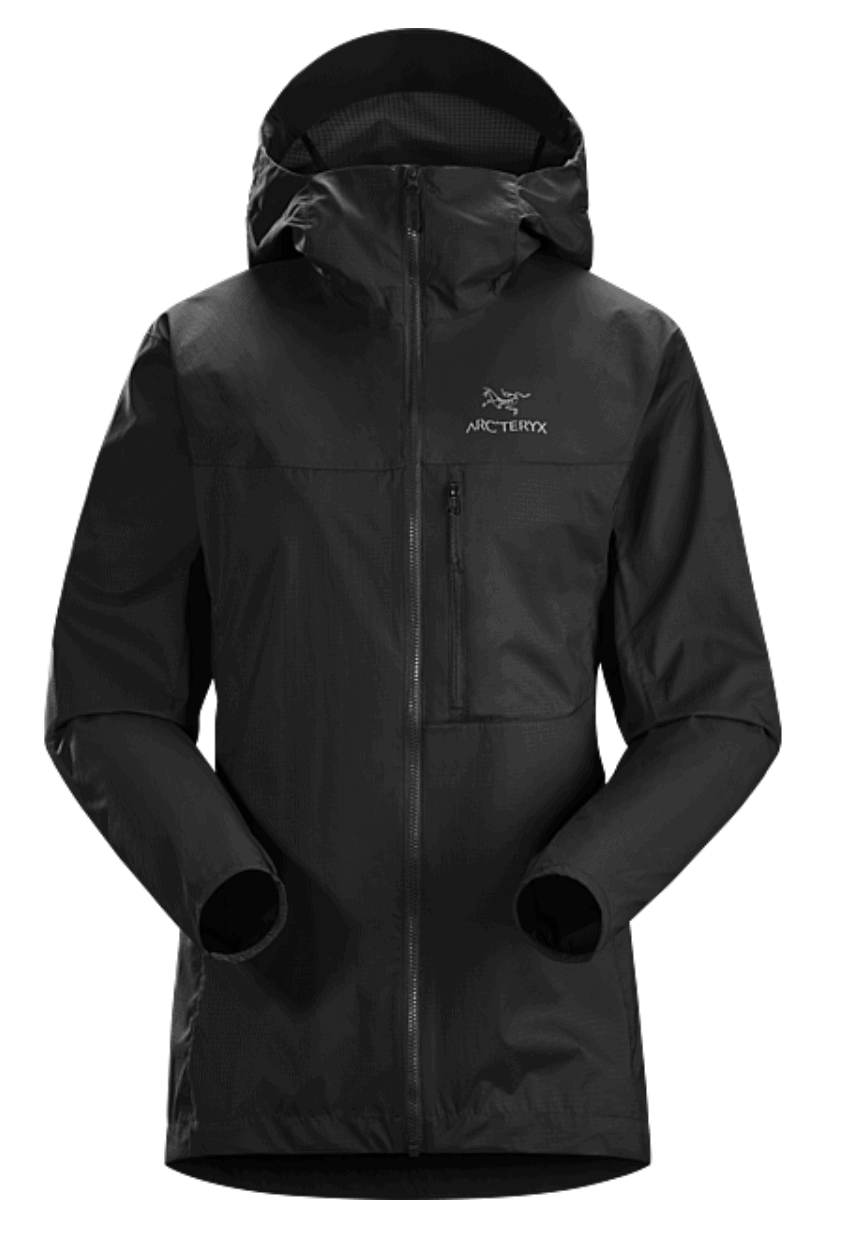
What to wear teaching outside in Winter
Depending on which climate you are in, Canadian winters can be brutally cold. That said, don’t underestimate the discomfort of being in the lower mainland on a wet and windy day. Being wet cold is way worse (in my opinion) than dry cold! So, you’ll need to dress for success depending on what conditions you are gearing up for. I often wear my fall gear through the winter, and just add a base layer and a wool mid layer on really cold days.
- Waterproof boots and wool socks are essential in the winter! If you are in deep snow, slush or lots of puddles, you’ll want to upgrade to a snow boot that will keep your feet warm and dry. I wear a pair of 25 year old Sorel boots, that are still keeping me warm and dry on the wettest and slushiest of days. Look for rubberized boots and Gore-Tex uppers if you want dry feet. Bogs have become increasingly popular, I would also recommend them for kids and adults based on feedback I’ve received.
- Gators- If you are in really muddy conditions, or going to be wearing your fall boots in snow, consider adding waterproof gators to your winter gear list.
- Snow pants and coat– If you are going to be outside in wet, slushy, or snowy conditions you can wear your good quality rain gear over layers, no problem! But if you want to invest in a pair of snow pants, shop the sales. There are lots of decent snow pants out there for great prices. If you have a choice, pick a pair of overalls, they’ll keep you just a bit warmer and are easier to layer if you are in and out of the school! For a snow jacket look for a jacket with a snow skirt feature. It is really nice to have if you are playing in the snow (a snow skirt is basically an extra cuff around your waist that keeps snow from getting up the back or front of your jacket)! This website has discounts on previous years designs and colours.
- Base layer- These can range wildly in price, but really good deals can be found if you keep your eyes out. Mine are at least ten years old from Costco. Mostly, look for a lightweight and breathable material. My kids wear these ones from Mountain Warehouse and really love them.
- Mid-layer- I have two wool sweaters that are at least 30 years old from Dale of Norway that I alternate wearing literally every day in the worst of winter. They are pricy, but wool helps me regulate my temperature better than fleece. Down vests are also a good choice and fleece can be a very affordable option as well.
- A wool hat- Your coat should have a hood on it, but in the depths of winter, I really appreciate having a wool hat on under my hood. We were fortunate to have a wonderful co-worker knit us a matching pair, so mine can’t be purchased, but I have backup toques that are much like these.
- Waterproof gloves- These are super essential and I’d recommend having at least two pairs with you at all times. For wet winter cold, look at cycling gloves. I’ve also really loved my neoprene gloves from MEC. They will keep you dry and reasonably warm. For serious cold, you need to look at ski gloves, but be sure to invest in Gore-Tex. Costco often has these in stock. For those in-between cold days, I like to have a pair of rag wool fingerless gloves so I can use my hands more freely, but also keep my hands warm!
- Neck gator or scarf- shop the sales and find one that feels good for you. Scough is an American company now selling scarves and bandanas with replaceable covid filters in them.
To read the rest of this post and “What to wear teaching outside in Spring” click on page ‘2’ below.

